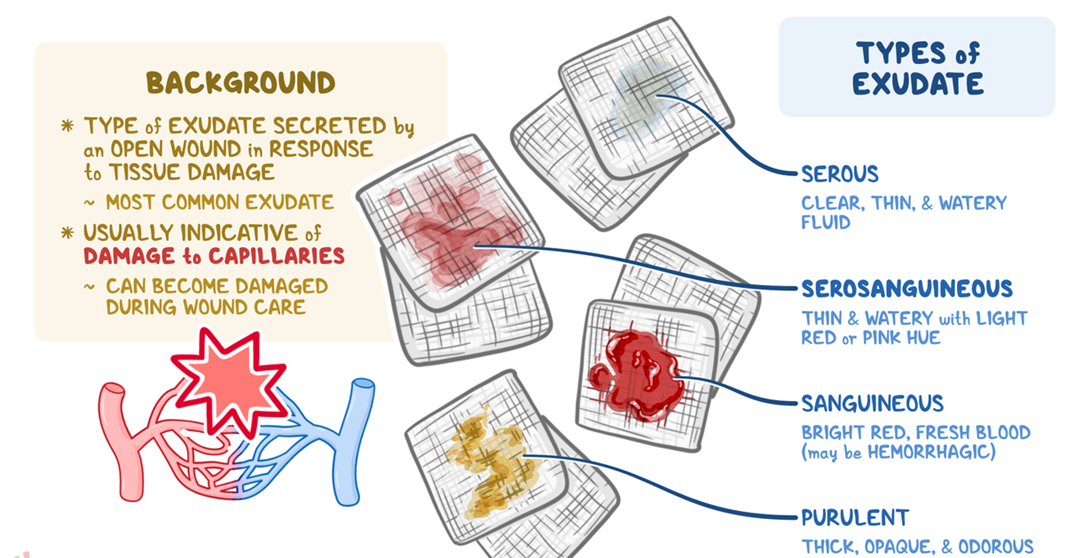The client with rheumatoid arthritis is having her rheumatoid factor (RF) drawn while she is having a flareup of the disease. Which result is seen in clients with rheumatoid arthritis?
Decreased level of rheumatoid factor
A negative rheumatoid factor
A positive rheumatoid factor
Factor does not change
The Correct Answer is C
Choice A reason: A decreased level of rheumatoid factor is not seen in clients with rheumatoid arthritis. Rheumatoid factor is an antibody that is produced by the immune system and can bind to other antibodies. A high level of rheumatoid factor indicates an autoimmune disorder, such as rheumatoid arthritis.
Choice B reason: A negative rheumatoid factor is not seen in clients with rheumatoid arthritis. A negative rheumatoid factor means that the antibody is not detected in the blood. A negative rheumatoid factor does not rule out rheumatoid arthritis, but it may suggest a different type of arthritis or another condition.
Choice C reason: A positive rheumatoid factor is seen in clients with rheumatoid arthritis. A positive rheumatoid factor means that the antibody is detected in the blood. A positive rheumatoid factor is more likely to occur in clients with rheumatoid arthritis, especially during a flareup of the disease.
Choice D reason: Factor does not change is not seen in clients with rheumatoid arthritis. Rheumatoid factor can vary over time and may change depending on the activity of the disease. Rheumatoid factor may increase during a flareup and decrease during remission.
Nursing Test Bank
Naxlex Comprehensive Predictor Exams
Related Questions
Correct Answer is A
Explanation
Choice A reason: Fowler's position is a semisitting position with the head of the bed elevated at 45 to 60 degrees. This position allows for maximum expansion of the chest and improves ventilation and oxygenation. It also reduces the work of breathing and prevents the abdominal organs from compressing the diaphragm.
Choice B reason: Sim's position is a sidelying position with the lower arm behind the back and the upper knee flexed. This position is used for patients who are unconscious, have difficulty swallowing, or are receiving an enema. It does not facilitate breathing or oxygenation for patients with COPD.
Choice C reason: Prone position is a lying position with the face down and the arms at the sides or bent at the elbows. This position is used for patients with acute respiratory distress syndrome (ARDS) or severe lung injury to improve oxygenation and reduce lung inflammation. It is not recommended for patients with COPD as it may increase the risk of aspiration, pressure ulcers, and nerve damage.
Choice D reason: Lateral position is a sidelying position with the upper leg slightly flexed and supported by a pillow. This position is used for patients who are resting or sleeping to prevent pressure ulcers and promote comfort. It does not improve breathing or oxygenation for patients with COPD.
Correct Answer is C
Explanation
Choice A reason: Purulent exudate is a thick, yellowgreen, or brown pus that indicates infection. It is not bloodtinged and does not drip from the wound.
Choice B reason: Serous exudate is a clear, thin, and watery fluid that is normal in the inflammatory stage of wound healing. It does not contain blood cells and is not red in color.
Choice C reason: Serosanguineous exudate is a pink or red fluid that contains both serum and blood. It is common in the proliferative stage of wound healing and may drip from the wound due to increased capillary permeability.
Choice D reason: Sanguineous exudate is a bright or dark red fluid that consists mostly of blood. It indicates active bleeding and is usually seen in traumatic or surgical wounds. It is not diluted with serum and is more viscous than serosanguineous exudate.

Whether you are a student looking to ace your exams or a practicing nurse seeking to enhance your expertise , our nursing education contents will empower you with the confidence and competence to make a difference in the lives of patients and become a respected leader in the healthcare field.
Visit Naxlex, invest in your future and unlock endless possibilities with our unparalleled nursing education contents today
Report Wrong Answer on the Current Question
Do you disagree with the answer? If yes, what is your expected answer? Explain.
Kindly be descriptive with the issue you are facing.
